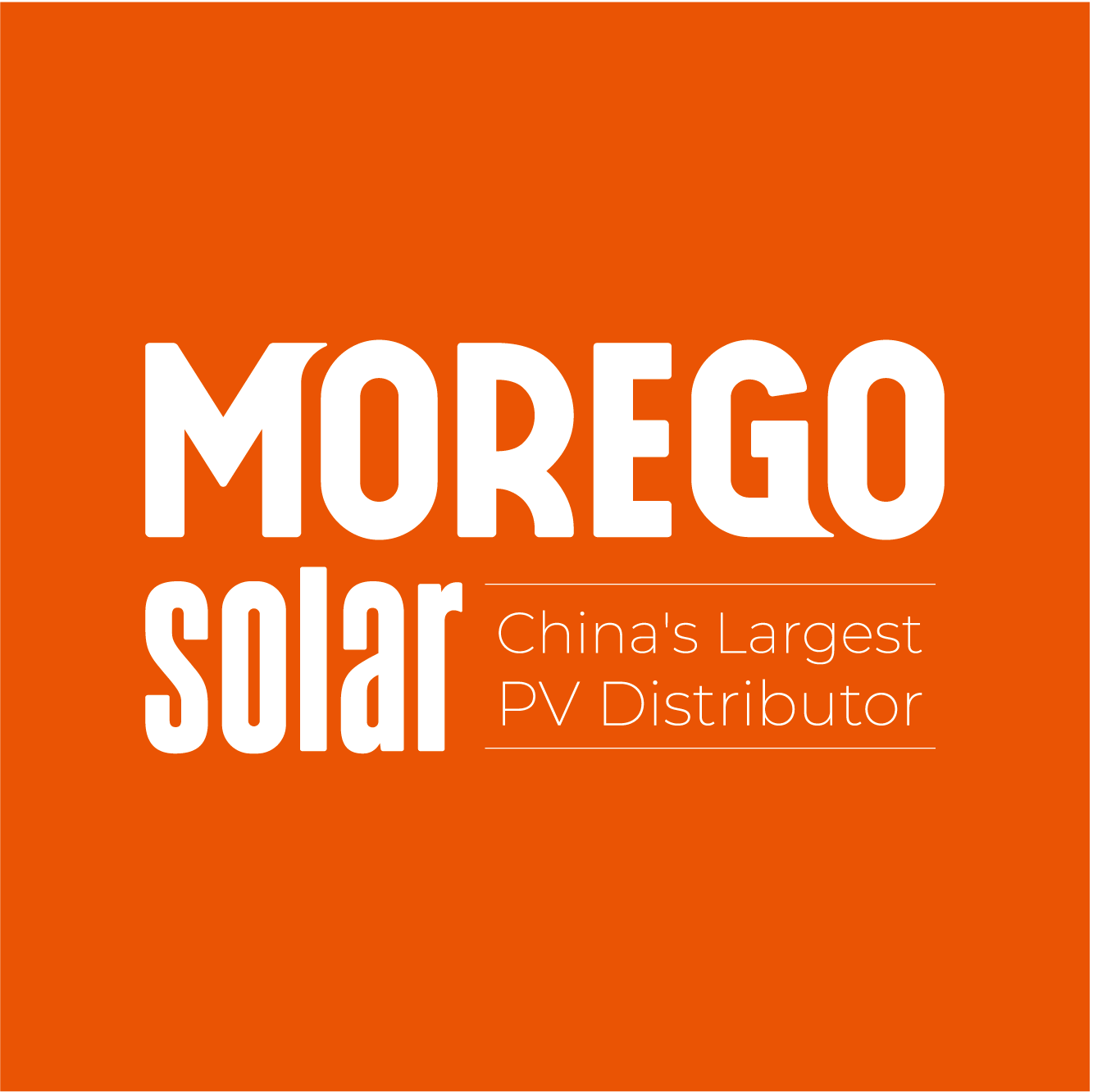Introduction to the Need for Technological Iteration in Photovoltaics
The photovoltaic industry stands at the forefront of the global shift toward renewable energy, with solar panels becoming an increasingly common sight on rooftops and in expansive solar farms. Over the past few decades, the efficiency and affordability of solar panels have improved markedly, making solar energy a viable alternative to fossil fuels. However, to meet the ever-growing global energy demands and to address pressing environmental concerns, there is an urgent need for continuous technological iteration within the industry.
Innovation in solar panel technology is not just beneficial—it is essential. As the industry matures, incremental improvements can lead to significant gains in performance and reductions in cost. These advancements help in overcoming existing limitations of solar panels, such as efficiency rates, manufacturing costs, and material sustainability. Continuous improvement ensures that solar energy remains competitive and can contribute substantially to the global energy mix.
Granular Silicon: A Game-Changer in Solar Panel Technology
One of the most promising iterative technologies emerging in the photovoltaic industry is granular silicon. Granular silicon refers to silicon in a granular form, produced through a chemical vapor deposition process. This method differs significantly from the traditional Siemens process, which produces polysilicon in large, rod-like forms. Granular silicon offers numerous advantages that position it as a potential game-changer in solar panel production.
Firstly, the production of granular silicon is more energy-efficient. The manufacturing process operates at lower temperatures and has a continuous production flow, resulting in lower energy consumption compared to traditional methods. This efficiency not only reduces the production cost of solar panels but also lessens the environmental impact associated with their manufacture.
Secondly, granular silicon's physical properties enhance the efficiency of solar panels. Its uniform particle size and purity contribute to better crystal growth during the wafer formation process. This leads to solar cells with fewer defects and higher energy conversion efficiencies. Solar panels made with granular silicon can thus generate more electricity from the same amount of sunlight, improving the overall performance of solar energy systems.
Moreover, the use of granular silicon can alleviate some of the supply chain constraints faced by the photovoltaic industry. As demand for solar panels increases, the need for raw materials like silicon becomes more pressing. Granular silicon production can be scaled up more readily than traditional methods, ensuring a more stable and responsive supply to meet the industry's needs.
The Future of Solar Panels with Emerging Technologies
The integration of granular silicon into solar panel manufacturing signals a broader trend of adopting iterative technologies to enhance performance and sustainability. Looking ahead, several emerging technologies hold the potential to further revolutionize the photovoltaic industry.
Advancements such as perovskite solar cells, tandem solar cells, and bifacial panels are on the horizon. These technologies promise higher efficiency rates and better performance in diverse environmental conditions. For instance, perovskite materials can be combined with traditional silicon to create tandem solar cells that capture a broader spectrum of sunlight, significantly boosting energy output.
Additionally, the development of advanced manufacturing techniques, such as 3D printing and roll-to-roll processing, could reduce production costs and facilitate the integration of solar panels into a variety of surfaces and products. Innovations in energy storage, like improved battery technologies and supercapacitors, will complement solar panels by addressing the intermittency of solar energy.
The future success of solar panels hinges on the industry's commitment to iterative innovation. Continuous research and development efforts are necessary to overcome existing limitations and to unlock new possibilities. Collaboration between academia, industry, and government can accelerate the development and adoption of these technologies.
Conclusion
In conclusion, the photovoltaic industry needs the continued emergence of iterative technologies such as granular silicon to maintain momentum toward a sustainable energy future. Solar panels have come a long way, but there is still significant room for improvement. Embracing new materials and production methods will enhance the efficiency, affordability, and environmental friendliness of solar panels.
Granular silicon exemplifies how innovation can address multiple challenges simultaneously—improving performance while reducing costs and environmental impact. As the global community seeks solutions to climate change and energy security, the role of advanced solar panel technologies becomes increasingly vital.
The photovoltaic industry's dedication to innovation will determine its ability to meet future energy demands sustainably. By fostering an environment that encourages continuous technological advancement, we can ensure that solar panels remain at the cutting edge of renewable energy solutions, driving us toward a cleaner and more resilient energy landscape.

